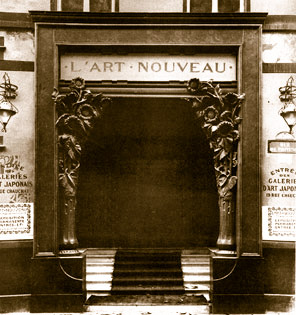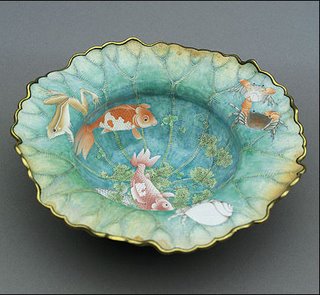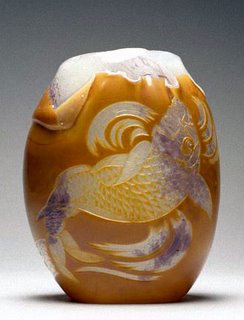the randomness of beauty

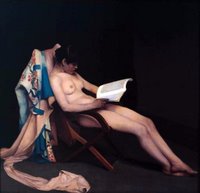
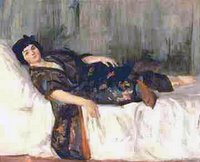
 i've been down- loading items for years, and they have now found a use. and i've been down- loading more. i have to keep them organized, and i have one folder for the images of women i've collected for this blog.
i've been down- loading items for years, and they have now found a use. and i've been down- loading more. i have to keep them organized, and i have one folder for the images of women i've collected for this blog.now photoshop has a feature that it didn't used to have and that it took me way too long to discover, but once you find it, you can't imagine how you ever did without. file browsing.
and file browsing allows you to sort in many different ways. well tonight i sorted by 'color profile' and ended up with many really intriguing combinations, but these four fell exactly in order, all in a line, and.... it was like a ouiji board.... someone is channeling their own agenda. and i'm very appreciative.
 (though they can't fit that way in this format, these were all in a straight line, skin, black, skin, black. the first skin is by theodore roussel. black gown is by john sloan. the 'fragrance of the hot springs' is by torii kotondo, and the last one is by ito shinsui. in this layout, however, i think it's really easy to see the difference in styles. added later: aha! i thought of a way to do it. click it to see it big.)
(though they can't fit that way in this format, these were all in a straight line, skin, black, skin, black. the first skin is by theodore roussel. black gown is by john sloan. the 'fragrance of the hot springs' is by torii kotondo, and the last one is by ito shinsui. in this layout, however, i think it's really easy to see the difference in styles. added later: aha! i thought of a way to do it. click it to see it big.)Labels: ito shinsui, roussel, sloan, torii kotondo

